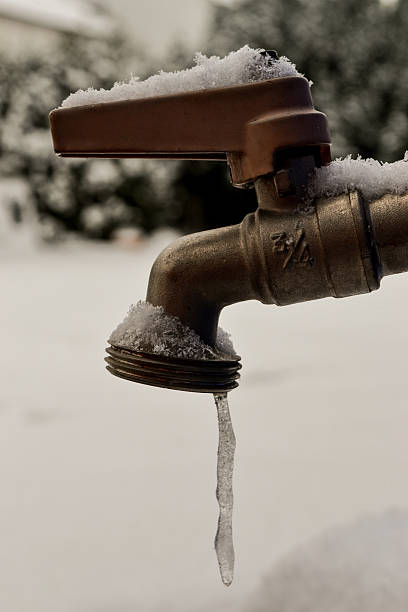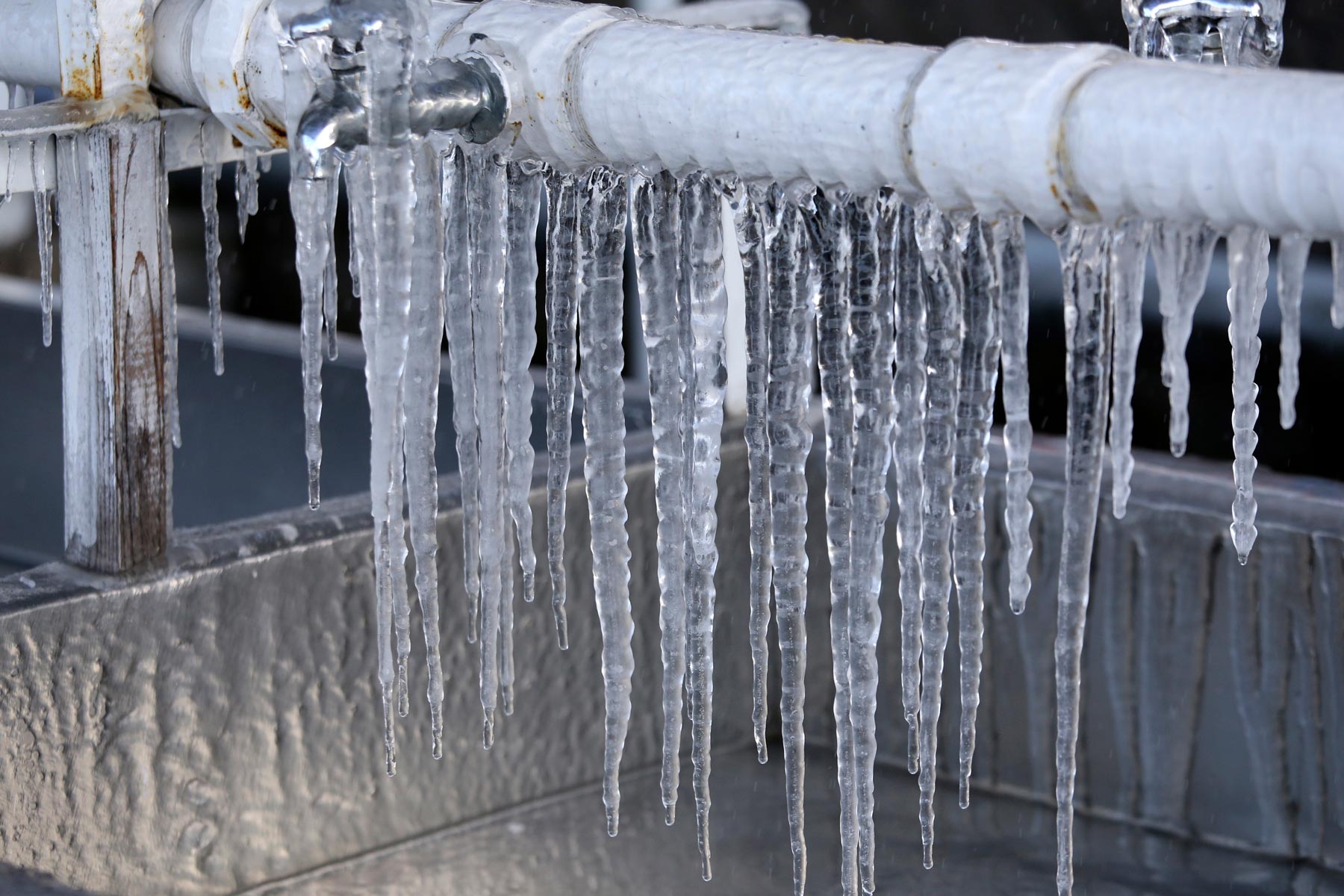Protect Against Frozen Plumbing in Cold Weather: Expert Tips
Protect Against Frozen Plumbing in Cold Weather: Expert Tips
Blog Article
How do you feel when it comes to How To Avoid Freezing Pipes?

Winter can ruin your pipes, especially by freezing pipelines. Below's how to prevent it from occurring and what to do if it does.
Introduction
As temperatures decrease, the danger of frozen pipelines rises, potentially resulting in costly fixings and water damages. Comprehending how to stop frozen pipes is essential for homeowners in cool climates.
Recognizing Frozen Pipelines
What triggers pipelines to freeze?
Pipelines freeze when revealed to temperature levels below 32 ° F (0 ° C) for prolonged durations. As water inside the pipes freezes, it increases, putting pressure on the pipeline wall surfaces and potentially creating them to burst.
Dangers and problems
Frozen pipes can cause supply of water interruptions, home damages, and pricey repairs. Burst pipes can flooding homes and cause comprehensive structural damage.
Indications of Frozen Water Lines
Recognizing icy pipelines early can stop them from breaking.
Just how to identify frozen pipes
Look for decreased water flow from faucets, uncommon smells or sounds from pipelines, and visible frost on subjected pipes.
Prevention Tips
Insulating vulnerable pipelines
Cover pipes in insulation sleeves or use heat tape to shield them from freezing temperature levels. Focus on pipes in unheated or external areas of the home.
Heating methods
Keep interior rooms adequately warmed, specifically areas with pipes. Open up closet doors to enable cozy air to distribute around pipes under sinks.
Shielding Outdoor Pipes
Garden tubes and outdoor taps
Disconnect and drain pipes garden tubes before winter months. Install frost-proof faucets or cover outdoor faucets with shielded caps.
What to Do If Your Pipes Freeze
Immediate actions to take
If you presume icy pipes, maintain faucets available to relieve pressure as the ice melts. Make use of a hairdryer or towels taken in hot water to thaw pipes gradually.
Long-Term Solutions
Structural modifications
Take into consideration rerouting pipes away from exterior wall surfaces or unheated locations. Include additional insulation to attic rooms, cellars, and crawl spaces.
Updating insulation
Buy high-grade insulation for pipelines, attic rooms, and wall surfaces. Correct insulation aids preserve constant temperatures and decreases the risk of frozen pipelines.
Verdict
Protecting against icy pipelines requires positive steps and quick feedbacks. By recognizing the causes, signs, and safety nets, house owners can safeguard their plumbing throughout cold weather.
5 Ways to Prevent Frozen Pipes
Drain Outdoor Faucets and Disconnect Hoses
First, close the shut-off valve that controls the flow of water in the pipe to your outdoor faucet. Then, head outside to disconnect and drain your hose and open the outdoor faucet to allow the water to completely drain out of the line. Turn off the faucet when done. Finally, head back to the shut-off valve and drain the remaining water inside the pipe into a bucket or container. Additionally, if you have a home irrigation system, you should consider hiring an expert to clear the system of water each year.
Insulate Pipes
One of the best and most cost-effective methods for preventing frozen water pipes is to wrap your pipes with insulation. This is especially important for areas in your home that aren’t exposed to heat, such as an attic. We suggest using foam sleeves, which can typically be found at your local hardware store.
Keep Heat Running at 65
Your pipes are located inside your walls, and the temperature there is much colder than the rest of the house. To prevent your pipes from freezing, The Insurance Information Institute suggests that you keep your home heated to at least 65 degrees, even when traveling. You may want to invest in smart devices that can keep an eye on the temperature in your home while you’re away.
Leave Water Dripping
Moving water — even a small trickle — can prevent ice from forming inside your pipes. When freezing temps are imminent, start a drip of water from all faucets that serve exposed pipes. Leaving a few faucets running will also help relieve pressure inside the pipes and help prevent a rupture if the water inside freezes.
Open Cupboard Doors
Warm your kitchen and bathroom pipes by opening cupboards and vanities. You should also leave your interior doors ajar to help warm air circulate evenly throughout your home.

I came across that article about 6 Ways to Prevent Frozen Pipes when doing a lookup on the search engines. Kindly pause to share this blog post if you liked it. Many thanks for your time invested reading it.
Website Report this page